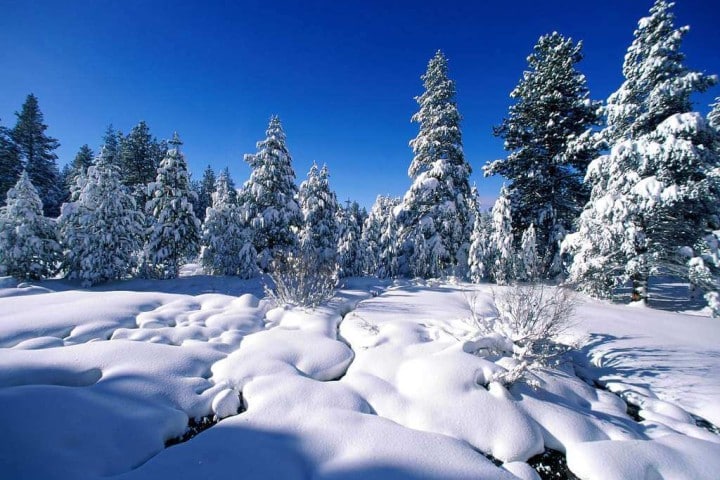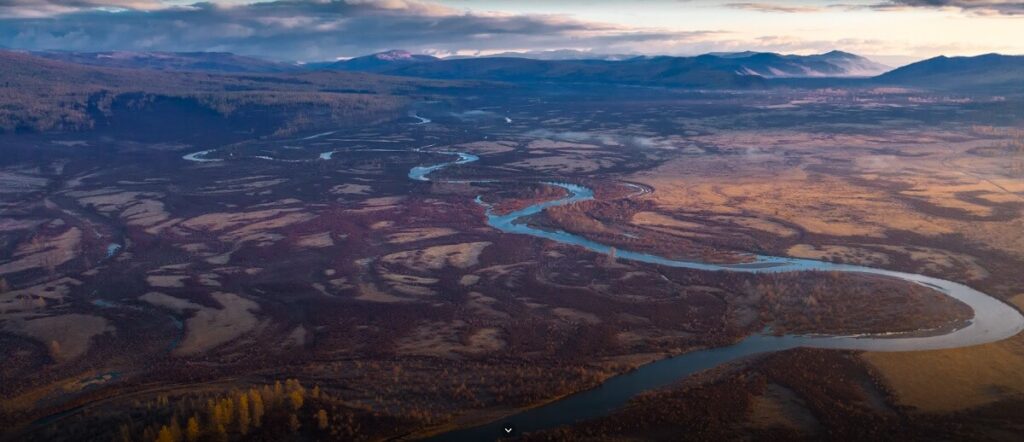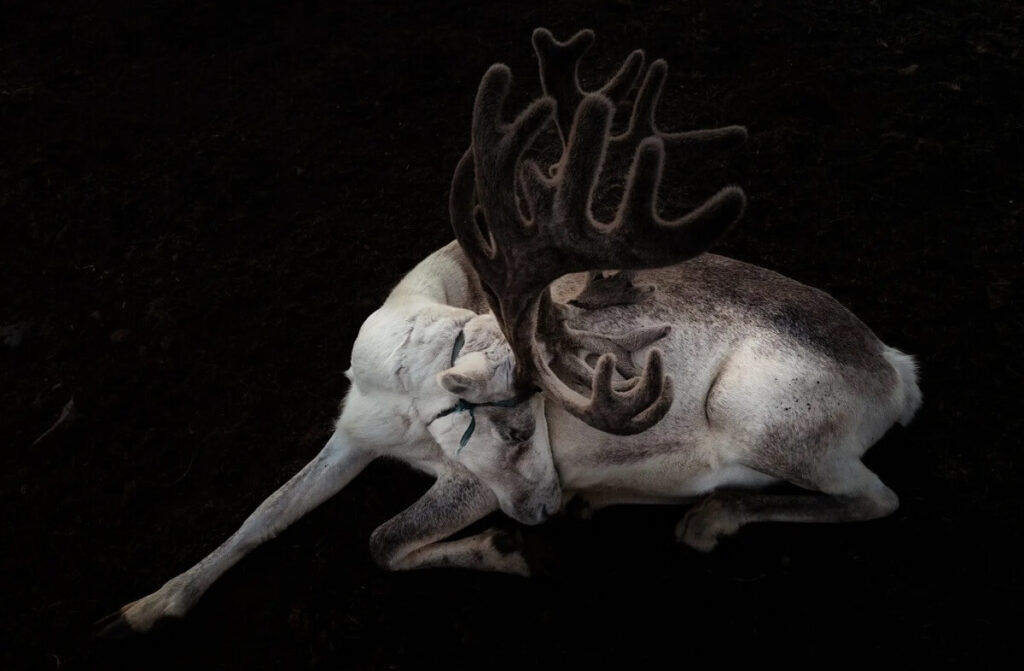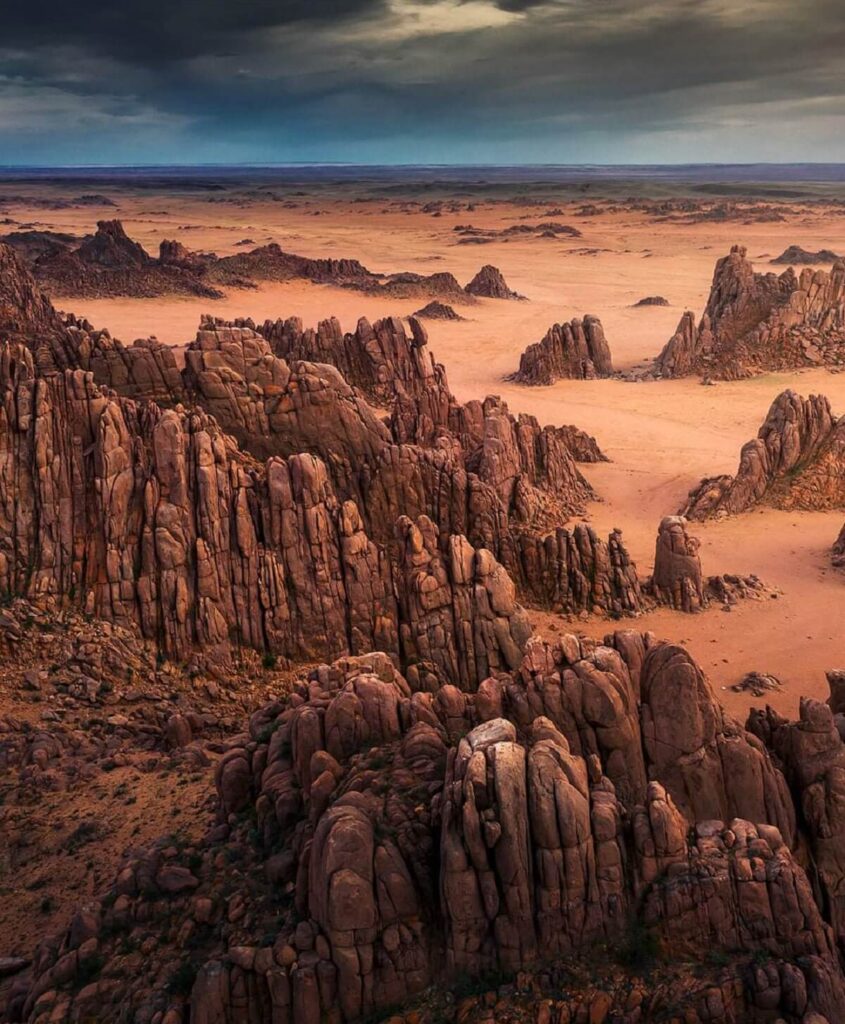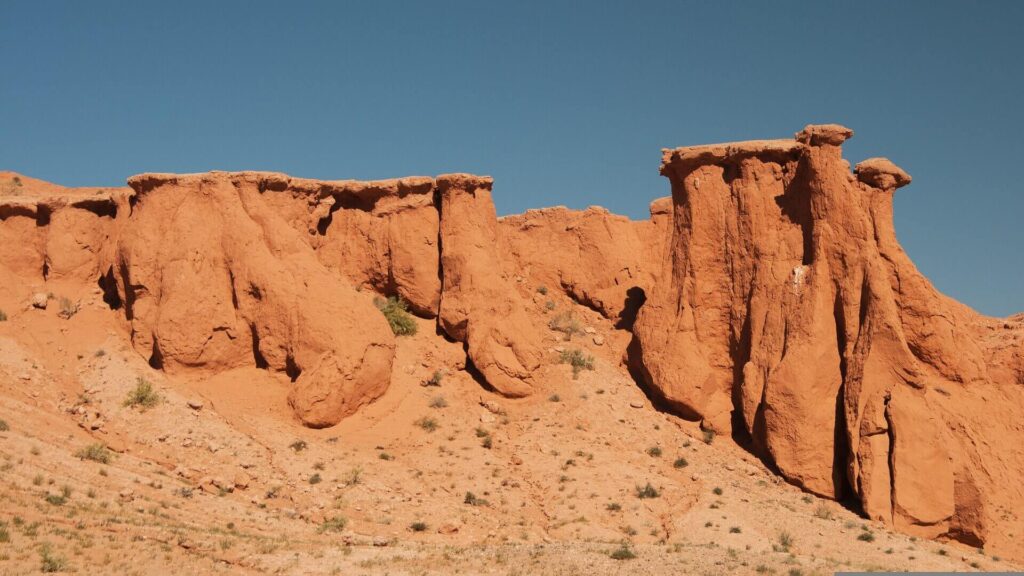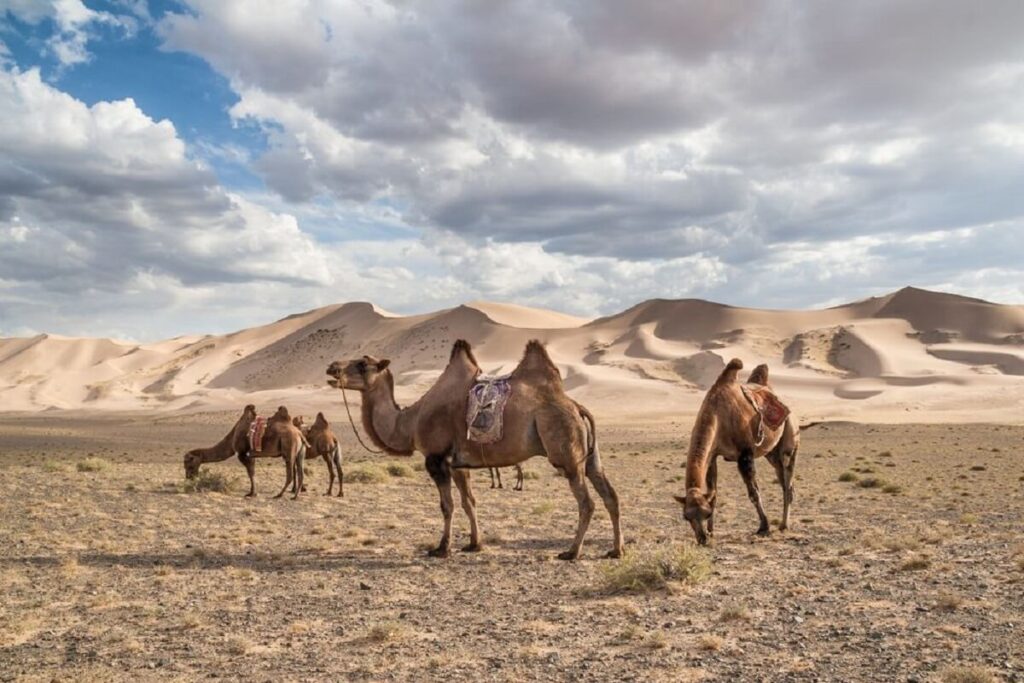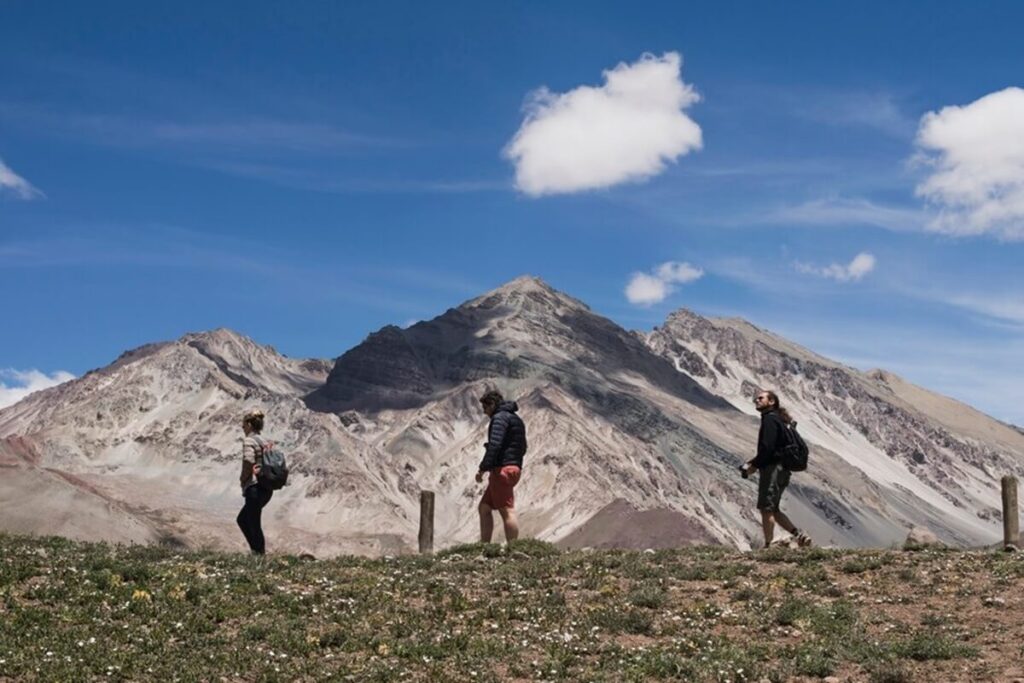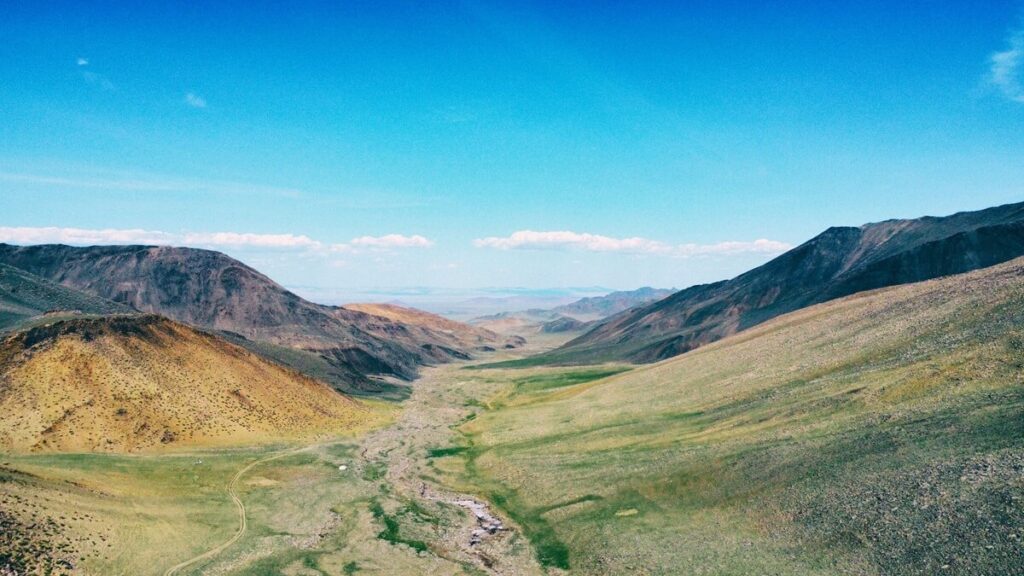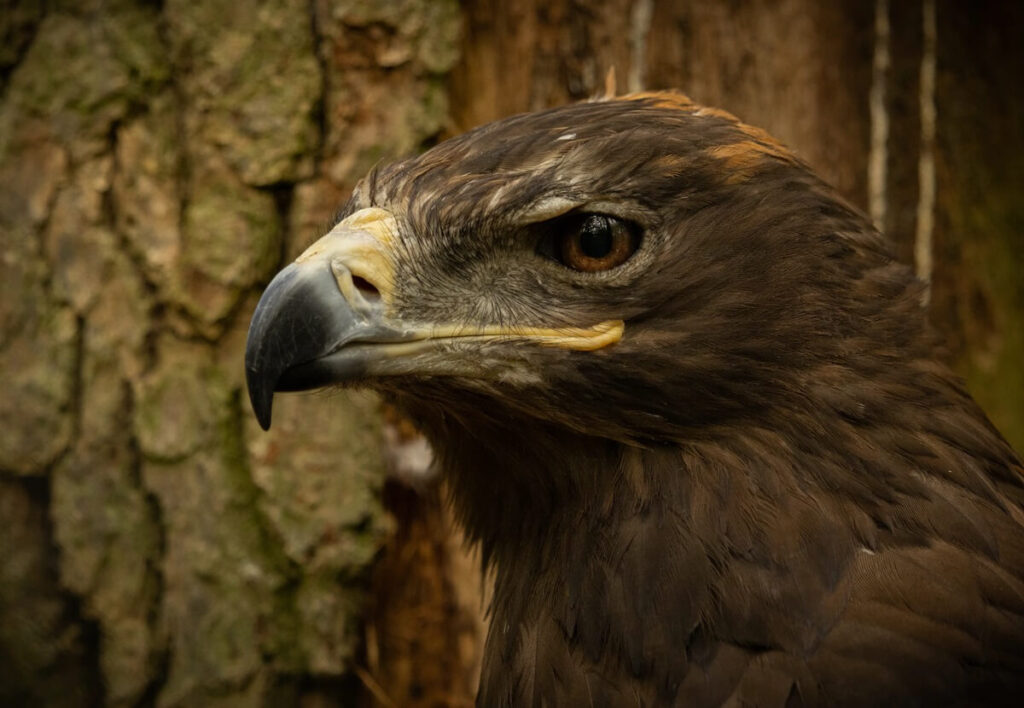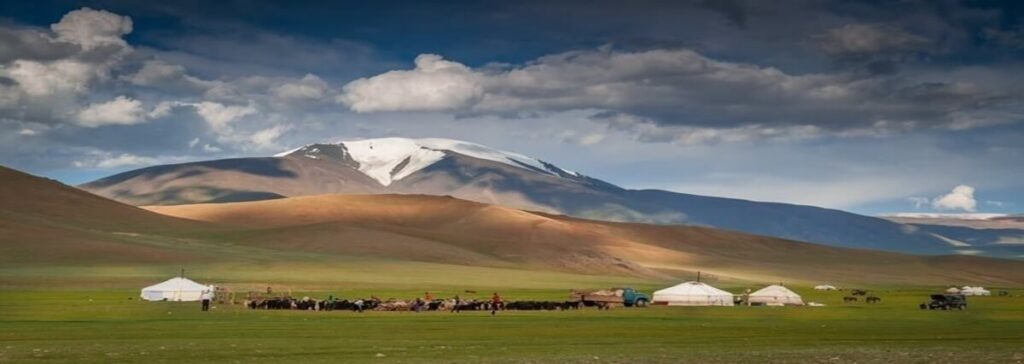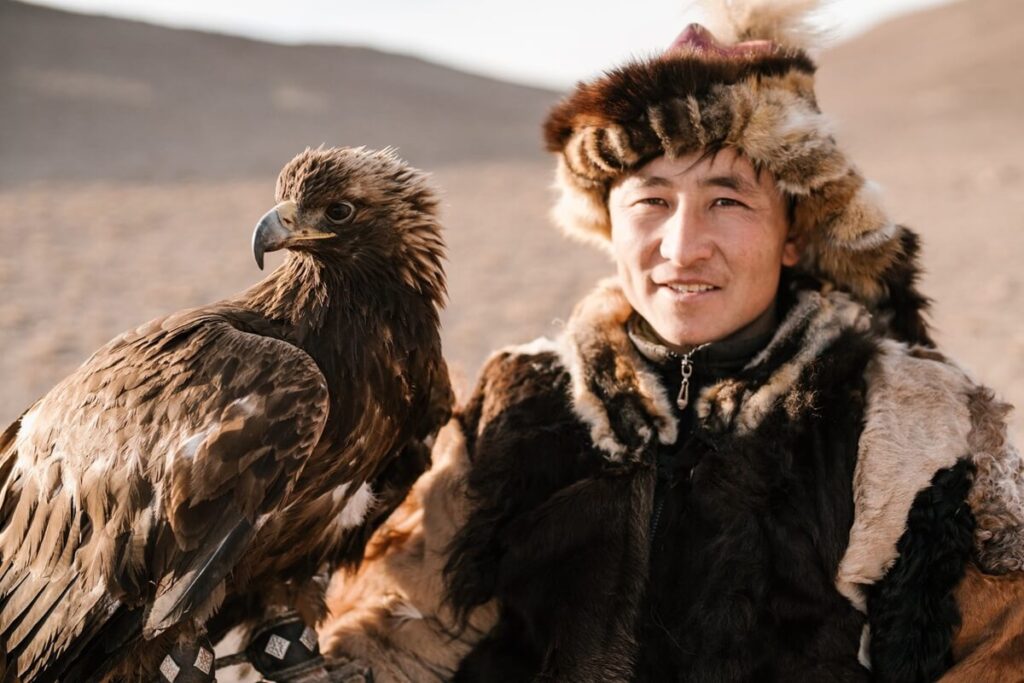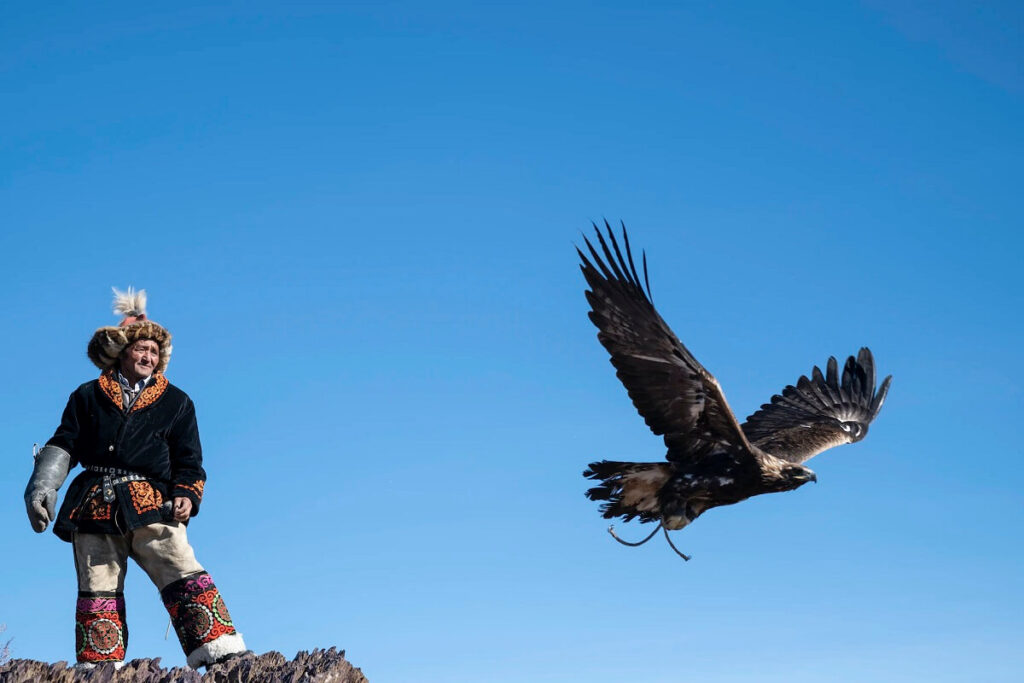The Mongolian countryside is some of the most varied and beautiful in the world. From the snow-capped mountains of the Altai to the steppes of Mongolia, this region is home to a wide range of landscapes. And some of the landscapes have been protected by the UNESCO World Heritage Committee.
One of the most notable landscapes in this region is the Dauria, a stretch of steppe land that extends from Mongolia into Russia. This area is home to a variety of rare and endangered animals, including the critically endangered black-necked crane. The Dauria is also an important stopover for migrant birds, making it a vital part of the global ecosystem.
WHY IT HAS BEEN RECOGNIZED BY THE UNESCO:
The landscapes of the Dauria have been recognized by the UNESCO World Heritage Committee for their “outstanding universal value.” This area is home to a variety of rare and endangered animals, making it an important part of the global ecosystem.
WHERE IT IS:
The Dauria is located in the Eastern Mongolian steppe, stretching from Mongolia into Russia.
The Landscapes of Dauria is a world heritage site governed by Mongolia and the Russian Federation, located where these countries meet China. It consists of temperate grasslands (similar to North America’s Prairie), at the convergence of three major floristic regions.
WHAT YOU CAN SEE THERE:
The Torey Lakes are the centerpiece of the Landscapes of Dauria, a transboundary area that straddles Russia and Mongolia. Covering more than 9,000 square kilometers, its steppe landscapes are connected by the tiny Ulz river, which sustains the wetlands and lakes.
In the Dauria, you can see a variety of landscapes, including , grasslands punctuated by lakes, wetlands and floodplains, as well as pockets of forest. You can also find a variety of rare and endangered animals, making it an important part of the global ecosystem.
This area is an important seasonal habitat and migration stop-over location for millions of migratory birds on the East Asian-Australasian Flyway, as well as for the migratory Mongolian gazelle. In addition, it supports populations of rare and endangered species such as White-naped Cranes, Hooded Cranes, Swan Geese, Relict Gulls and Great Bustards, Mongolian Marmots and Pallas Cats.
WHAT IS THE WEATHER LIKE:
The Dauria steppe has very distinguishable wet and dry periods. About every 25-40 years, the Ulz river will flood and fill the Torey Lakes to capacity. After a few years have passed, the lakes will gradually dry out until they are ready to be replenished again by flooding. This force heavily shapes the ecosystems and people of that region. When the wet phase is at its peak, temporary ponds or lakes will appear all across the steppe from rainstorms . The flood waters cause a domino effect of new life being created which then provides habitat for an immense diversity of aquatic species while refreshing vegetation on land.
PROTECTION OF THE LANDSCAPES OF DAURIA
The IUCN recently announced that the Landscapes of Dauria meets world heritage standards in 2017, although protection regimes vary between different jurisdictions across the site. The site is just a fraction of the expansive Daurian Steppe ecosystem, and lots of the mammals and birds on the site are migratory, which means they spend part of every year outside its boundaries.
So if we want to protect this site’s ecological integrity, we have to safeguard wildlife over a much bigger area effectively. It’ll be crucial to make sure that any significant long-term threats are dealt with soon, including local hydrology issues caused by climate change, illegal hunting (on the site as well as beyond its boundaries), fire damage from uncontrolled grazing pressure.
The property is subject to the highest level of protection under the national laws of both countries, including Special Protected Areas (1994) and Buffer Zones (1998) in Mongolia, and Special Protected Areas (1995) in Russia.
The property is a shared example of government, scientific, and non-governmental institution cooperation between borders. It has operated under the China-Mongolia-Russian International Protected Area Agreement (DIPA) since 1994 in order to provide all parties with a way to discuss regularly any issues that may arise concerning the preservation or management of the property.






